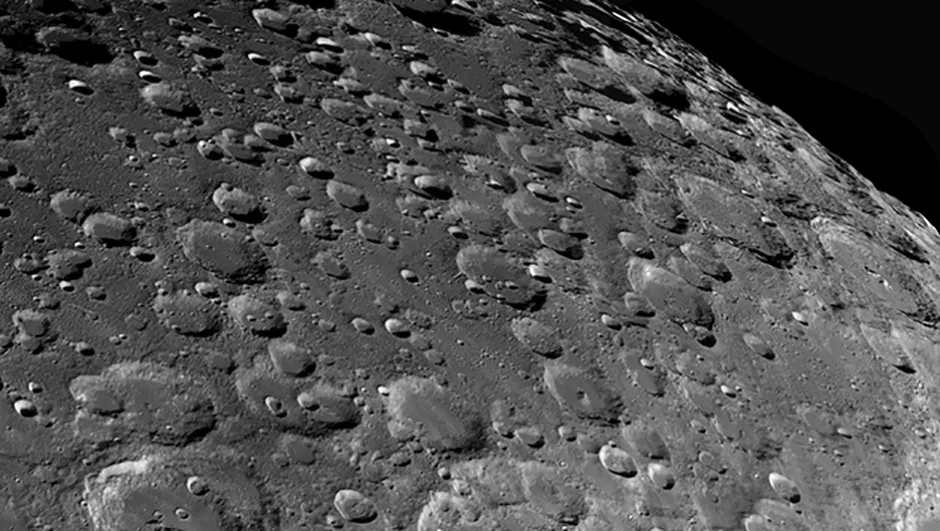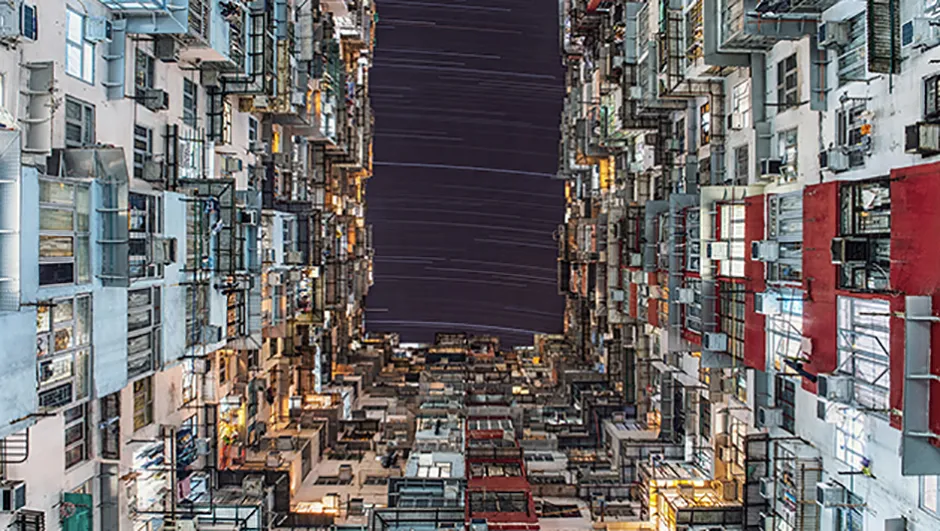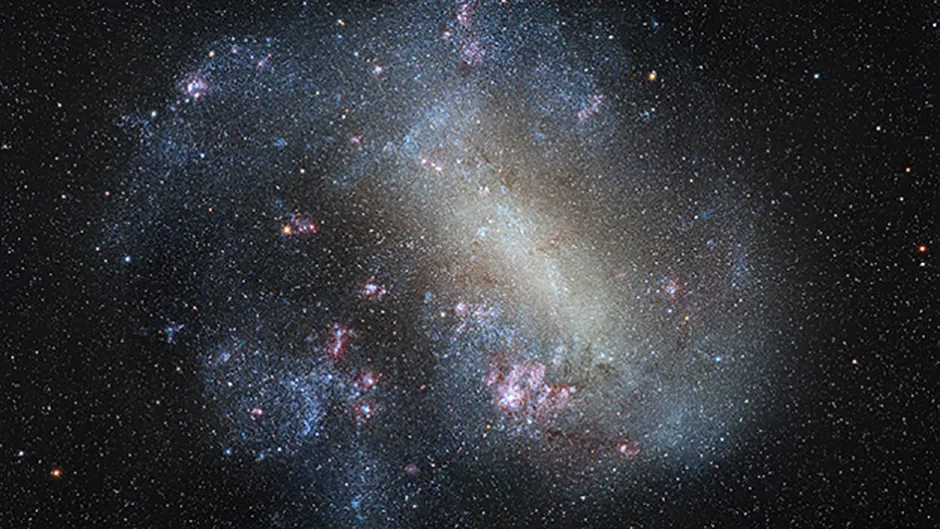Every year, the Insight Astronomy Photographer of the Year award celebrates the art of astro imaging, as photographers from around the world capture galaxies, nebulae, aurorae, planets and nightscapes in the hope of being crowned the IAPY overall winner and taking home a grand prize of £10,000.
From today, entrants will have until Friday 7 April 2017 to enter up to ten images into the various categories of the competition, with £1,500 available to the winner of each category, plus £500 for each runner up and £250 for highly commended entries.
- View the IAPY 2016 winning photographs
- View the IAPY 2016 shortlisted images

This year’s judges include Royal Observatory Greenwich public astronomer Dr Marek Kukula, The Sky at Night’s Pete Lawrence and Chris Lintott, Dr Melanie Vandenbrouck, Curator of Art (post-1800) at Royal Museums Greenwich, BBC Sky at Night Magazine editor Chris Bramley and comedian Jon Culshaw.
And joining the panel for the first time in 2017 is photographer and image coordinator at NASA’s Goddard Space Flight Centre Rebecca Roth.
“At NASA Goddard, we build spacecraft and instruments, and invent new technology to study Earth, the Sun, our Solar System, and the Universe – a favourite part of my job is sharing images of these spacecraft and the images they produce with the public,” says Roth.
“This will be an exciting and unique opportunity to see the spectacular images of space captured by the public themselves and discovering their photographic interpretations of the night sky and beyond.”

If you fancy taking part in this year’s competition, there are nine main categories in which you can submit your astrophotos:
Skyscapes
Landscape and cityscape images of twilight and the night sky featuring the Milky Way, star trails, meteor showers, comets, conjunctions, constellation rises, halos and noctilucent clouds alongside elements of earthly scenery
Aurorae
Photographs featuring auroral activity
People and Space
Photographs of the night sky including people or a human interest element
Our Sun
Solar images including solar eclipses and transits
Our Moon
Lunar images including lunar eclipses and occultation of planets
Planets, Comets and Asteroids
Everything else in our Solar System, including planets and their satellites, comets, asteroids and other forms of zodiacal debris
Stars and Nebulae
Deep space objects within the Milky Way, including stars, star clusters, supernova remnants, nebulae and other intergalactic phenomena
Galaxies
Deep space objects beyond the Milky Way, including galaxies, galaxy clusters, and stellar associations.
Young Astronomy Photographer of the Year
Pictures taken by budding astronomers under the age of 16 years old.
There are also two special prizes:
The Sir Patrick Moore Prize for Best Newcomer for the top photo by an amateur astrophotographer who has taken up the hobby in the last year and has not entered an image into the competition before, and Robotic Scope, awarded to the best photo taken using a computer-controlled telescope at one of the many observing sites around the world that can be accessed over the internet by members of the public.

Entries to the 2017 competition must be submitted by 7 April 2017, and the winning images will be showcased in the annual free exhibition at the Royal Observatory Greenwich from 14 September 2017.
For more info, or to enter online, visit www.rmg.co.uk/astrophoto.
Each entrant can submit up to ten images in total. Good luck to all those entering this year's competition!